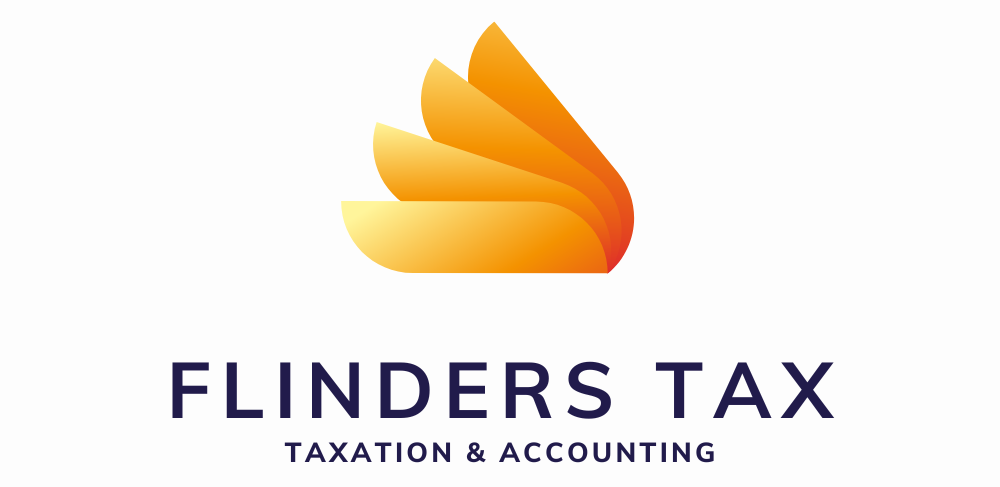You can claim the cost of using your car to travel between your home and work if both of the following apply:
- you have to carry bulky tools and equipment you need to use at work
- there is no secure storage area at your workplace.
You can claim the cost of travelling between workplaces. Work-related car and travel expenses also include the cost of travel:
- directly between two separate workplaces – for example, when you have a second job
- from your normal workplace to an alternative workplace while you are still on duty, and back to your normal workplace or directly
- from your home to an alternative workplace, and then to your normal workplace or directly home
Work-related daily travel expenses you cannot claim
The expenses you incur to travel between your home and work are still private expenses where both of the following apply:
- you work partly from your home, and
- your home is not your place of business.
You can claim a deduction for the costs you incur in running your home office (running costs) If you perform some of your work from your home office, even if the room is not set aside solely for work-related purposes.
- the depreciation of home office equipment, such as computers and telecommunications equipment – if your equipment costs less than $300, you can claim a full deduction for the work-related portion
- work-related phone calls, including from mobiles
- work-related phone rental, if you can show that either of the following apply
- you are on call
- you have to phone your employer or clients regularly while you are away from your workplace
- work-related internet access charges
- the cost of heating, cooling and lighting your home office that is over the amount you would ordinarily have to pay if you did not work from home
- the costs of repairs to your home office furniture and fittings.
A depreciating asset, such as a computer, is an asset that has a limited effective life and can reasonably be expected to decline in value over the time you use it.
If you purchase an item that cost more than $300, you can only claim a deduction for its decline in value.
You cannot claim occupancy expenses unless you home office is considered to be a place of business. These costs include rent or mortgage interest, council rates and house insurance premiums
Keeping records of your home office running expenses
The records you must keep may include:
- receipts or other written evidence of your expenses, including receipts for depreciating assets you have purchased – for example, your computer
- diary entries you make to record your small expenses ($10 or less) totalling no more than $200, or expenses you cannot obtain any kind of evidence for, regardless of the amount – for example, stationery
- itemised telephone accounts you can identify work-related calls on – see Example 7. If you don’t receive itemised accounts, you can make a reasonable estimate of your call costs based on diary records you have kept over a four-week period, together with your relevant phone accounts.
Working out your claim
To claim a deduction for the electricity and gas you use and the decline in value of your office furniture, you can claim either of the following:
- a deduction for your actual expenses
- a deduction you work out at a rate of 45 cents per hour.
To use the 45 cents per hour method of claiming, keep a diary to record the amount of time you use your home office for work purposes. The diary must show a representative period of at least four weeks to establish a pattern of use for the whole year.
The cost of overnight and overseas travel – this includes fares, accommodation, meals and incidental expenses you incur as an employee engineer when you travel for work purposes
The cost of union fees and subscriptions to associations – this includes union fees and subscriptions to trade, business or professional associations
The cost of protective equipment – this includes safety equipment and sunglasses.
The costs of you buy, rent and repair uniforms (shirts, pants that have company’s logo on it) and protective clothing (fire-resistant clothing, gloves, vests, overalls, and rubber boots)
The cost of laundry expenses – for uniforms and protective clothing
The cost of renewing licenses and certificates – such as machinery operating certificates, special license required but not your normal driving license.
The cost of technical and professional publications – engineering publications
The cost of self-education expenses (not including HESC) – if it relates to current income earning activities and also stationary. Self-education course must be run by a University or TAFE. Courses that are designed to help finding new employment opportunities are not claimable.
The cost of telephone, internet and other telecommunication expenses – if it relates to current work activities.
The cost of tools and equipment – used for work such as calculator, computers, cutting tools, or measuring tools.
